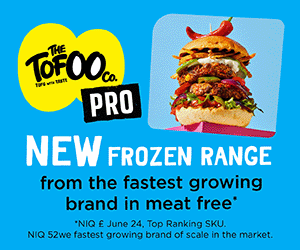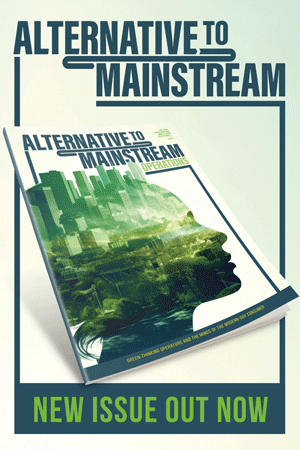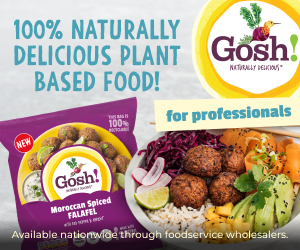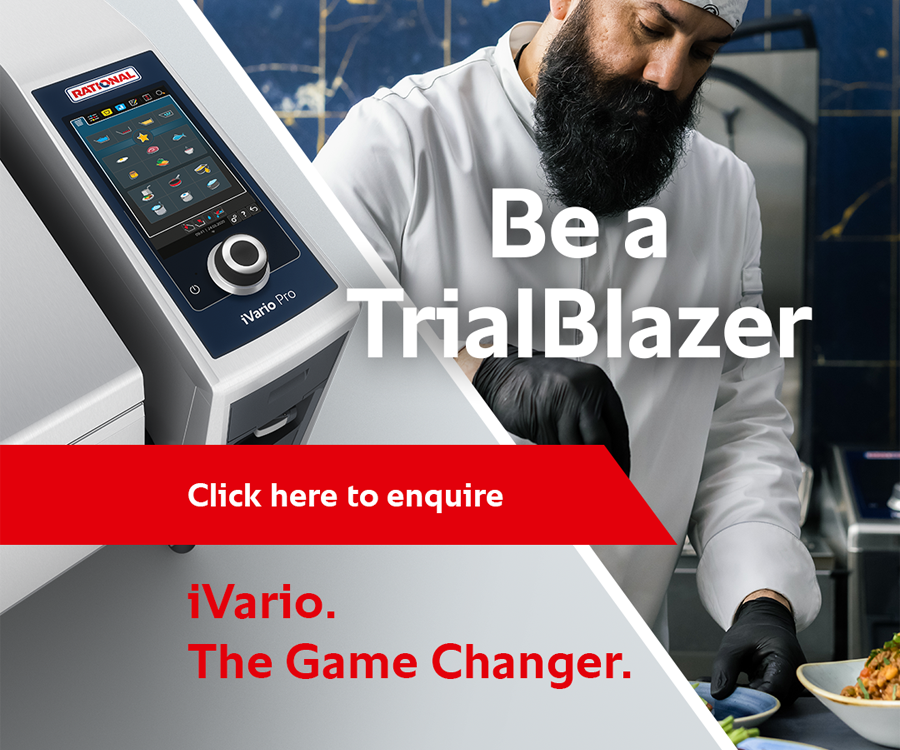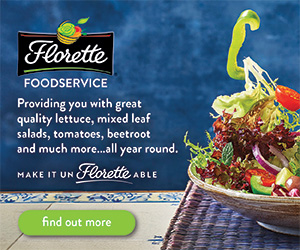Focus: The modern meal deal
Matt Ephgrave, managing director of Just Eat for Business, on the lessons caterers can learn from the supermarket meal deal, following the delivery platform’s latest research.

Supermarket meal deals have become a core feature of the lunchtime landscape. The convenience of the sandwich, snack and drink trio remains unmatched for many office workers who need a quick and easy meal for lunch.
As a concept, this format has been around for decades. Fast-forward to the present day, with more and more UK workers now engaging in hybrid work, and the traditional meal deal still hails supreme.
At Just Eat for Business, we ran a survey to find out how workers truly felt about supermarket meal deals and found that 37% of workers buy one more than once a week. Why does it appeal to so many working professionals? The answer: it’s convenient and affordable. Here are the top reasons why workers opt for these deals, based on our data.
Convenience: Over half (51%) of UK workers cite that their lunch choices being driven by convenience as being the main reason why they buy supermarket meal deals. For busy workers with limited time for lunch, the accessibility of these deals is unrivalled. Schedule remains a big part of worker lunchtimes, with 25% of UK workers reporting that habit is the main reason for buying meal deals.
Value: Meal deals are consistently priced, so it is unsurprising that 24% of UK workers buy them in order to budget and keep track of their spending.
It’s clear that while these meal deals remain a popular lunchtime option for workers, it is due to the convenience and value that they offer. This should not, however, be a trade-off for taste. Workers continuing to look for higher-quality options that do not compromise on nutrition or taste.
Lessons for businesses
The above provides vital insight into the type of food, structure and value for money workers are looking for from their lunchtime in 2024, and there are valuable lessons office bosses and facilities and office managers can take from the popularity of the meal deal. They can extract what we know about employee purchasing habits and effectively adapt their lunchtime offerings to fit the needs and preferences of their workers. This can act as a way of increasing satisfaction and convenience, and, in some cases, provide an incentive to visit the office.

Although there is no one-size-fits-all strategy to follow, a good first step is to replicate the positives of what makes the meal deal so popular. You can then implement this into the workplace catering strategy.
To make employee lunchtimes more convenient, leaders can ensure they are offering easily accessible options. Opting for a food delivery platform that can be accessed at any time throughout the working day allows workers to order directly based on their preferences for that day, while also providing flexibility so that they are not tied to set lunchtimes. They also don’t have to forgo their beloved meal deal structure – many restaurant partners on these platforms provide bundle deals so workers can still get multiple items, but in a more elevated way.
With cost playing such a significant role in employee lunch choices, it is now more important than ever for leaders to factor in budget for subsidised or free lunches in their workplace strategy, where possible.
One aspect of the meal deal that is often overlooked is quality. When asked what they would choose if their employer was to pay for their lunch, 40% said they would choose a hot dish, with only 7% preferring a cold main or sandwich.
This is where food delivery platforms can make a real difference in employee satisfaction, helping to provide a variety of high-quality, hot meal options, as well as cold choices. There is clearly a desire and gap for more quality lunch options for UK workers, with several supermarket chains introducing premium, and more expensive, meal deal offers. However, these still do not offer the same taste and nutrition benefits that hot meals can provide through delivery platforms.
Technology and food sector advancements for office dining now allow office bosses to provide an increased variety of options. From online orders from delivery platforms to pop-ups and buffets, leaders are in a great position to offer a range of dishes for workers to try. By presenting employees with a choice, bosses can make their employees feel more included in the workplace, and feel as if their own requirements are being fulfilled.
The future of the meal deal
There is no doubt that these deals are a popular lunchtime choice for workers, allowing a convenient and tasty meal, all for good value. However, there is so much more to learn from the meal deal than meets the eye. Business leaders can take this structure and emulate it in their own workplace catering options, ensuring that convenience, variety and value are at the heart of their lunchtime strategy.







